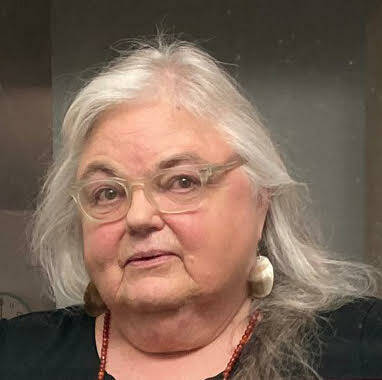By Peggy Sue McRae
Journal contributor
February is the month of hearts and flowers, but especially hearts. This February marks the 57th American Heart Month as commemorated by the American Heart Association. With heart disease being the number one killer of Americans, it is important to give that hard-working organ inside your chest some love.
One form of heart disease that often goes undiagnosed is atrial fibrillation, called A-fib. A-fib is an irregular and unusually rapid heartbeat. It can feel like a flutter in the chest yet it may also have no discernible symptoms. This month’s Scientific American reports, “A 2023 study estimated that over a two-year period, almost one-quarter of cases will go undiagnosed.” This is critical because, “In addition to strokes, A-fib can bring on heart attacks, cardiac failure, blood clots and even dementia.” Diagnosed, treated and managed people can live long and fruitful lives with A-fib. That is what I plan to do.
About a month ago my very smart smart-watch started giving me notifications that it had detected irregular heartbeats possibly indicating A-fib. Not at all what I wanted to hear from my watch! After two days of regular notifications, I went to the PeaceHealth online portal to report this new development to my doctor and saw her shortly after that. An electrocardiogram (ECG) confirmed that I do have A-fib.
Since my diagnosis, I reset my watch to record my A-fib history instead of giving me notifications. Now I get a weekly A-fib report. The first two weeks after my diagnosis, the percentage of time I was in A-Fib went down significantly, but the next week it shot back up. Now that I know I have A-fib, I can identify my symptoms. For me, it is feeling tired and being short of breath. Managing A-fib is a learning curve that I’m just beginning to grasp.
There are lifestyle elements to maintaining a healthy heart. Yoga, meditation, and lowering stress are recommended for A-fib. For me, Chair Yoga with Katerina is central to my overall health and happiness. I get my weekly chair yoga video recordings from the Mullis Center and have been practicing at home diligently.
Counting steps, staying hydrated, watching salt intake, eating more plants and less saturated fat, and taking lots of long, slow deep breaths are just a few of the lifestyle strategies I’ve employed toward managing my A-fib. The critical thing for seniors is to be aware of A-fib and to get screened.




